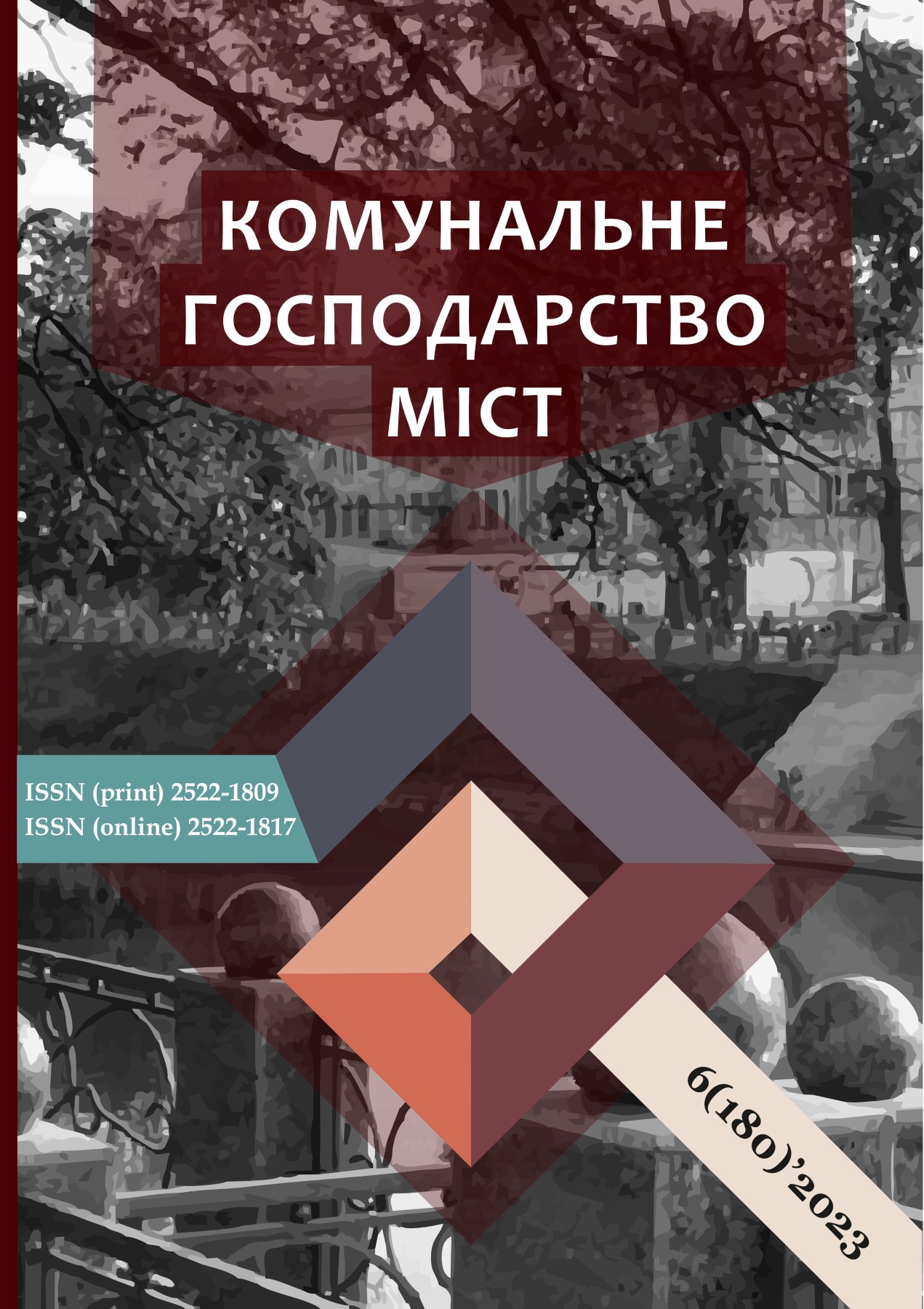CONDUCTING A NATURAL FIRE TEST IN THE VERTICAL CABLE TUNNEL OF A NUCLEAR POWER PLANT
DOI:
https://doi.org/10.33042/2522-1809-2023-6-180-168-175Keywords:
fire, natural fire tests, nuclear power plant, vertical cable tunnelAbstract
The article discusses conducting a full-scale fire test in the vertical cable tunnel of a nuclear power plant (NPP). Vertical cable tunnels in NPPs are used for laying cable lines, wires, safety system lines, connecting the equipment room, and the containment of the nuclear power plant block. The paper analyses research methods and selects options that will be effectively used to determine the temperature regime in the vertical cable tunnel of NPPs with known aerodynamic, technical, and geometric parameters and fire loads. The algorithm for conducting full-scale tests in the vertical cable tunnel of an NPP is described. Based on the research, the maximum temperature in the combustion zone is reached on the fourth minute of the full-scale tests in the vertical cable tunnels of nuclear power plants. By obtaining temperature graphs in the vertical cable tunnel of the NPP, it can be observed that the highest temperature is in plane D (800–900 °C), and it depends on the location of the control point. Thermal energy propagates more intensively in the direction opposite to the filling of the space, which is opposite to the exit of combustion products and ventilation openings. The temperature in plane C is in the range of 500–800 °C. Thermal energy propagates most intensively towards the filling to the exit of combustion products. This temperature significantly deviates from the standard temperature regime, which differs greatly from the full-scale experimental study of fires in the vertical cable tunnels of nuclear power plants. It can be concluded that the standard temperature regime of a fire is not adequate for testing the fire resistance of the structural elements of vertical cable tunnels in nuclear power plants. An important conclusion of these studies is the possibility of determining the fire resistance of building structures of vertical cable tunnels of NPPs with the selection of the most severe temperature regime, according to the conducted field test. It means that research results can be used in practice in designing and evaluating the safety of such objects.
References
European Committee for Standardization (CEN). (2010). Eurocode 1: Actions on structures – Part 1–2: General actions – Actions on structures exposed to fire (EN 1991-1-2:2010).
European Committee for Standardization (CEN). (2004). Eurocode 2: Design of concrete structures – Part 1–2: General rules – Structural fire design (EN 1992-1-2:2004).
International Atomic Energy Agency. (2000). Fire Safety in the Operation of Nuclear Power Plants: Safety Guide (IAEA Safety Standards Series, no. NS-G-2.1). Retrieved from https://www-pub.iaea.org/MTCD/Publications/PDF/Pub1091_web.pdf
PIARC Committee on Road Tunnels (C5). (1999). Fire resistance of structures. Fire and Smoke Control in Road Tunnels: technical report (no. 05.05.B, ch. VII.4, pp. 259–268). PIARC. Retrieved from https://tunnelsmanual.piarc.org/sites/tunnels-manual/files/public/wysiwyg/import/Chapters%20PIARC%20reports/1999%2005.05.B%20Chap%207.4%20EN.pdf
Kovalyshyn, V. (2013). Check the adequacy modeling of development and extinguishing fires in cable tunnels (in a limited volume). Naukovyi Visnyk UkrNDIPB, 2(28), 147–152. Retrieved from http://nbuv.gov.ua/UJRN/Nvundipb_2013_2_25 [in Ukrainian]
Ji, J., Bi, Y., Venkatasubbaiah, K., & Li, K. (2016). Influence of aspect ratio of tunnel on smoke temperature distribution under ceiling in near field of fire source. Applied Thermal Engineering, 106, 1094–1102. DOI: 10.1016/j.applthermaleng.2016.06.086
Tian, X., Zhong, M., Shi, C., Zhang, P., & Liu, C. (2017). Full-scale tunnel fire experimental study of fire-induced smoke temperature profiles with methanol-gasoline blends. Applied Thermal Engineering, 116, 233–243. DOI: 10.1016/j.applthermaleng.2017.01.099
Sun, J., Fang, Z., Tang, Z., Beji, T., & Merci, B. (2016). Experimental study of the effectiveness of a water system in blocking fire-induced smoke and heat in reduced-scale tunnel tests. Tunnelling and Underground Space Technology, 56, 34–44. DOI: 10.1016/j.tust.2016.02.005
Zhang, P., Tang, X., Tian, X., Liu, C., & Zhong, M. (2016). Experimental study on the interaction between fire and water mist in long and narrow spaces. Applied Thermal Engineering, 94, 706–714. DOI: 10.1016/j.applthermaleng.2015.10.110
Troshkin, S. E., Sidnei, S. O., Tyshchenko, Ye. O., & Nekora, O. V. (2015). Study of the adequacy of the results of mathematical modelling of fire dynamics in a compartment using the FDS software suite. Fire Safety: Theory and Practice, (20), 104–109. Retrieved from https://edu-mns.org.ua/nmc/523/Pozhezhna_bezpeka__20-2015.pdf#page=104
Modic, J. (2003). Fire simulation in road tunnels. Tunneling and Underground Space Technology, 18(5), 525–530. DOI: 10.1016/S0886-7798(03)00069-5
Downloads
Published
How to Cite
Issue
Section
License
The authors who publish in this collection agree with the following terms:
• The authors reserve the right to authorship of their work and give the magazine the right to first publish this work under the terms of license CC BY-NC-ND 4.0 (with the Designation of Authorship - Non-Commercial - Without Derivatives 4.0 International), which allows others to freely distribute the published work with a mandatory reference to the authors of the original work and the first publication of the work in this magazine.
• Authors have the right to make independent extra-exclusive work agreements in the form in which they were published by this magazine (for example, posting work in an electronic repository of an institution or publishing as part of a monograph), provided that the link to the first publication of the work in this journal is maintained. .
• Journal policy allows and encourages the publication of manuscripts on the Internet (for example, in institutions' repositories or on personal websites), both before the publication of this manuscript and during its editorial work, as it contributes to the emergence of productive scientific discussion and positively affects the efficiency and dynamics of the citation of the published work (see The Effect of Open Access).

